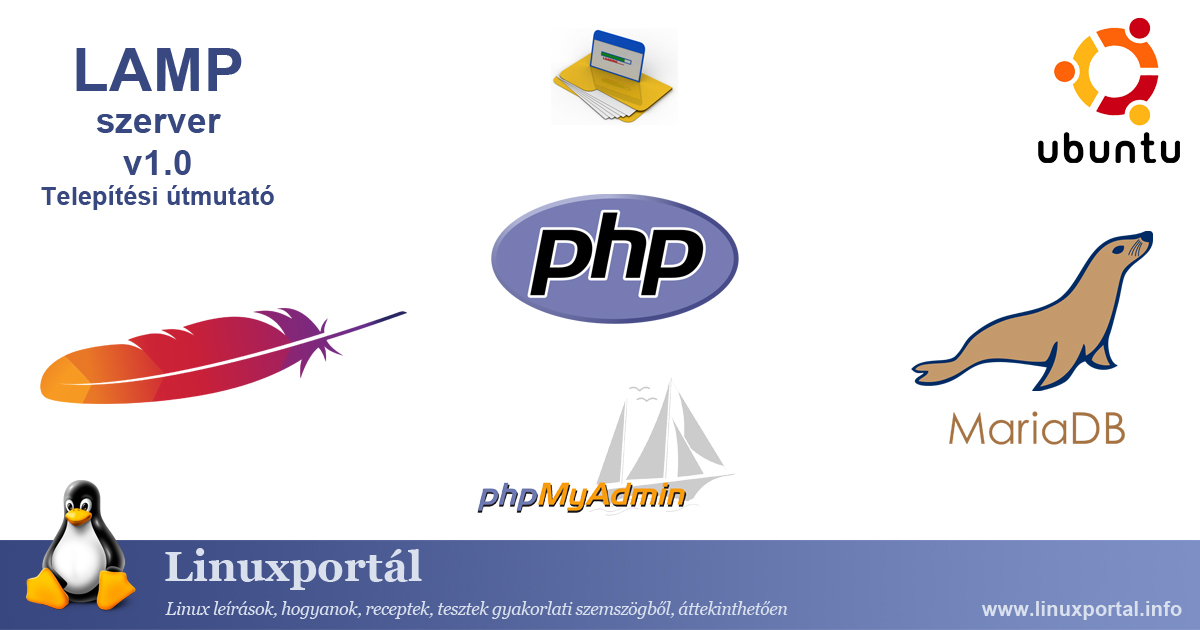Installing Ubuntu 20.04 LTS (Focal Fossa) Minimal Server (Page 2)
Ubuntu released version 2020 LTS (Focal Fossa) on April 23, 20.04, for which it will provide support until April 2025. It has even received an update since the release of 20.04, so currently 20.04.1 LTS is the latest version of this Ubuntu line. In this description, we will use version 20.04.1 to create the latest family member for the minimum servers. On this page we make the necessary additional settings and fine-tuning.










